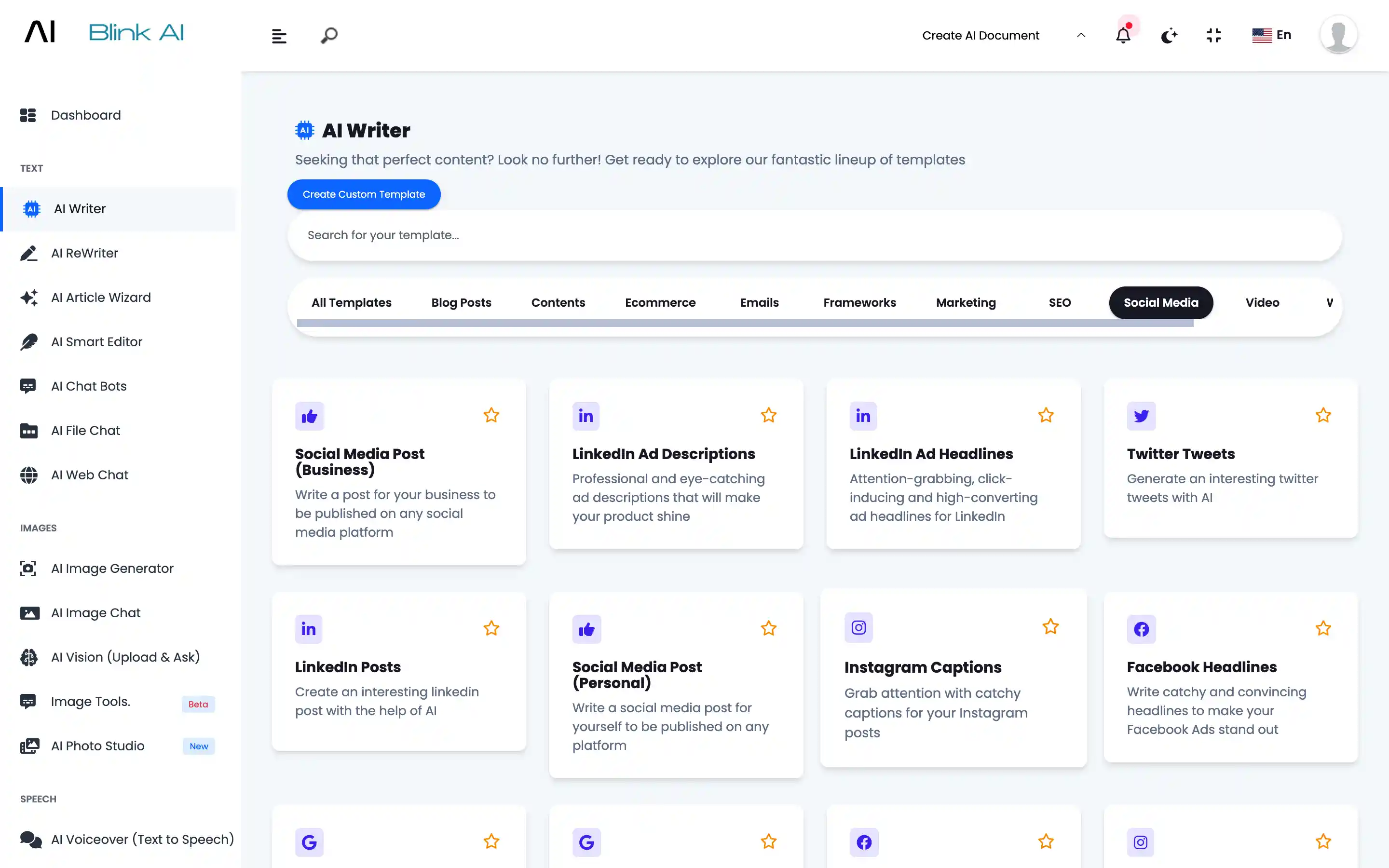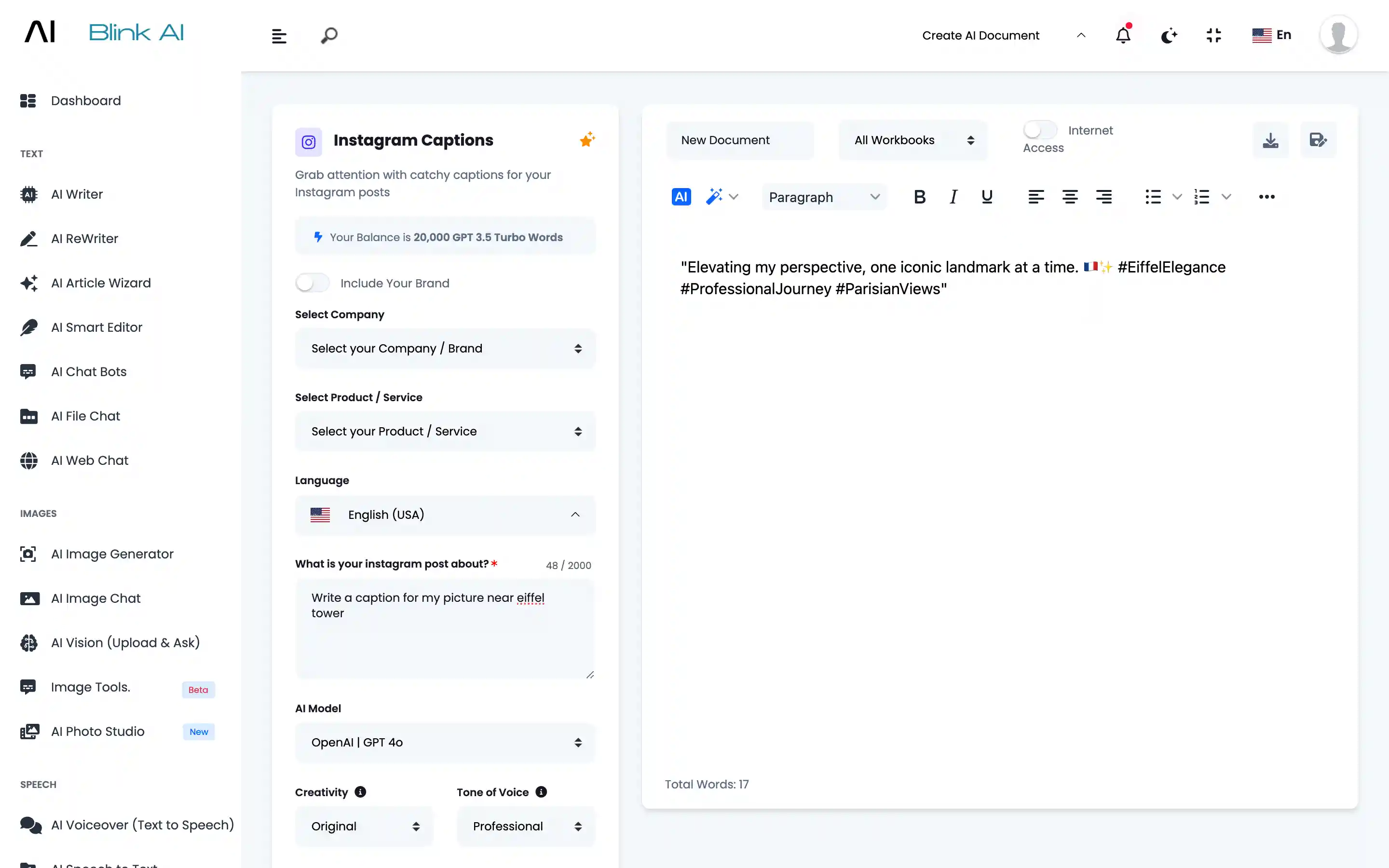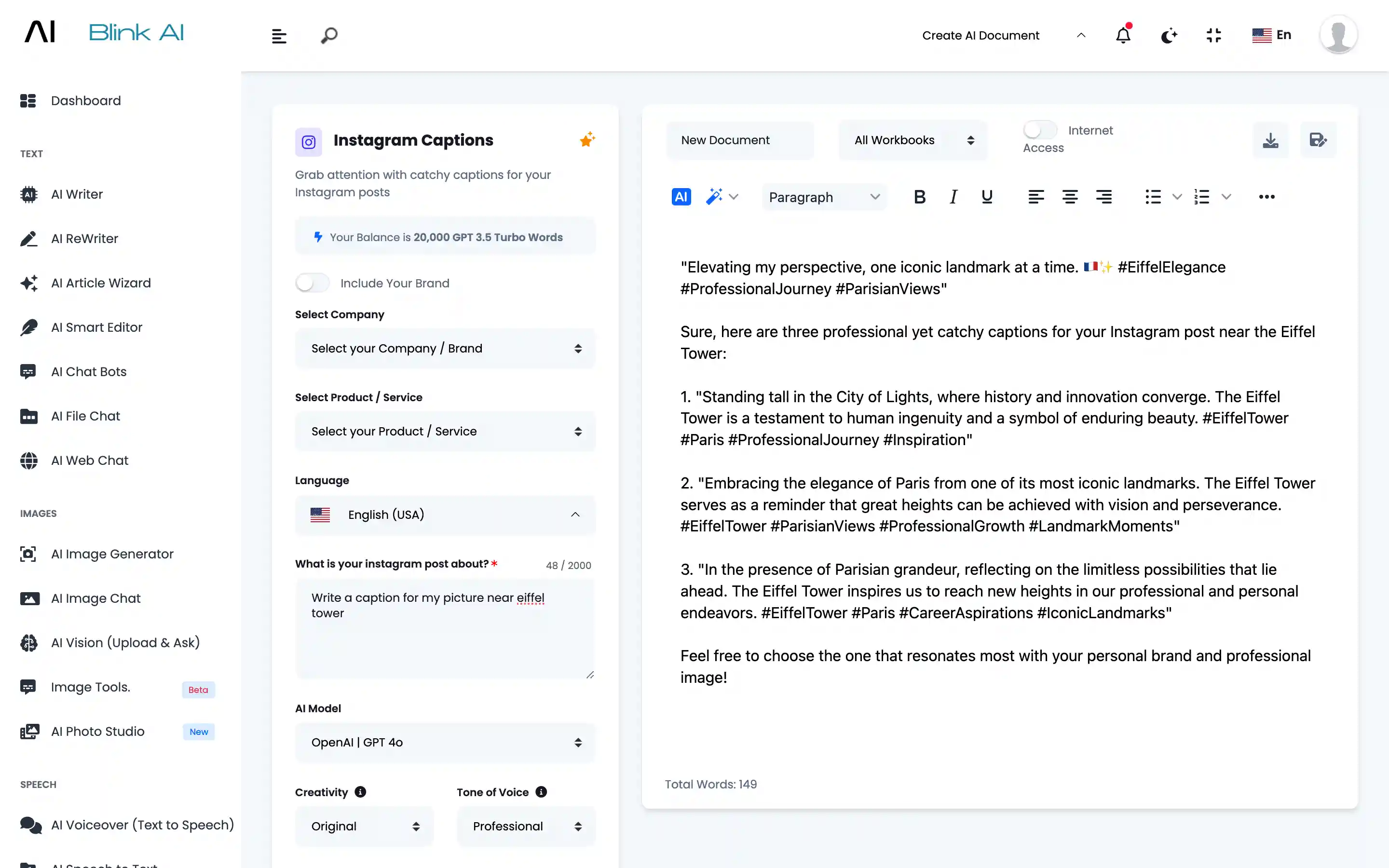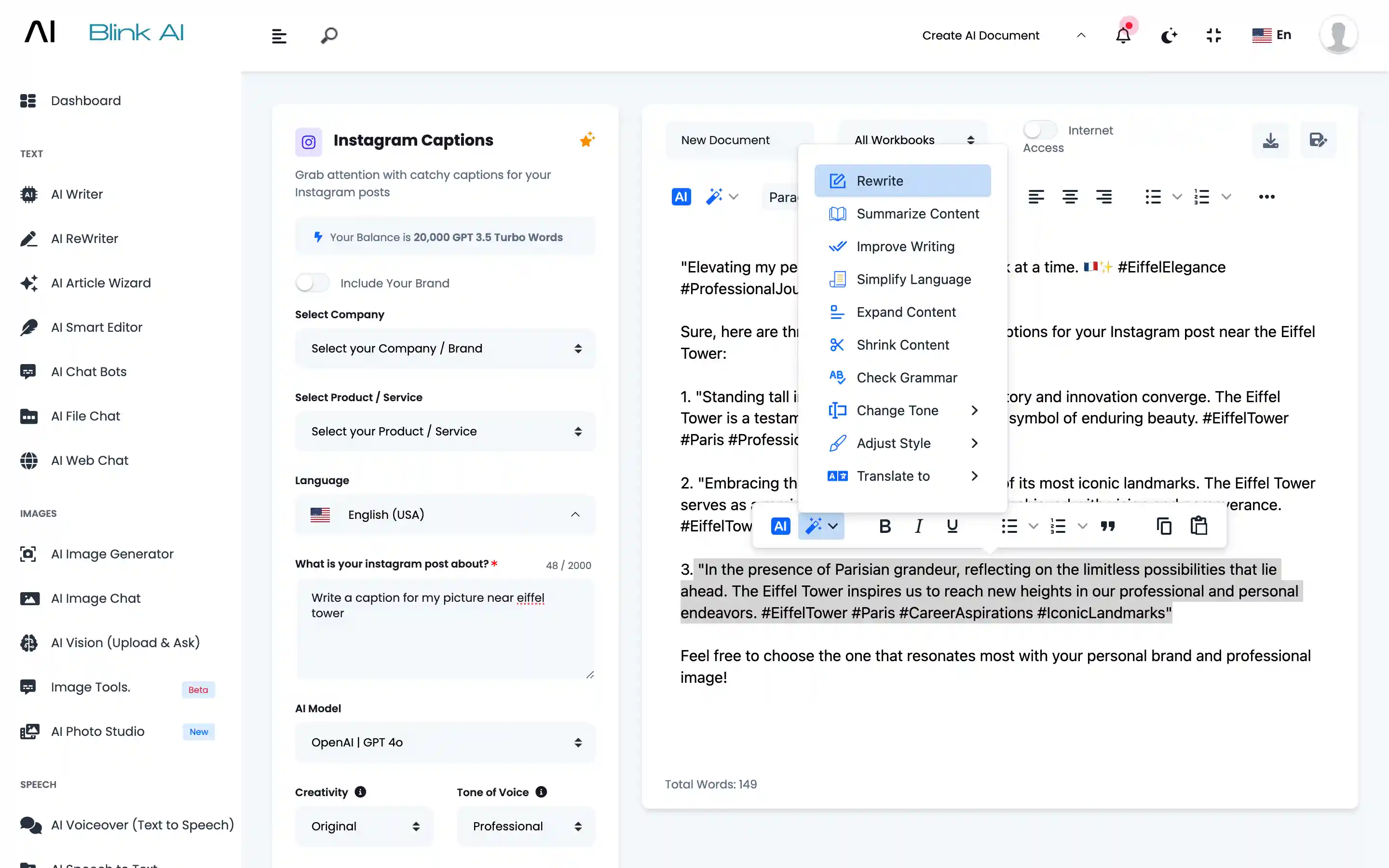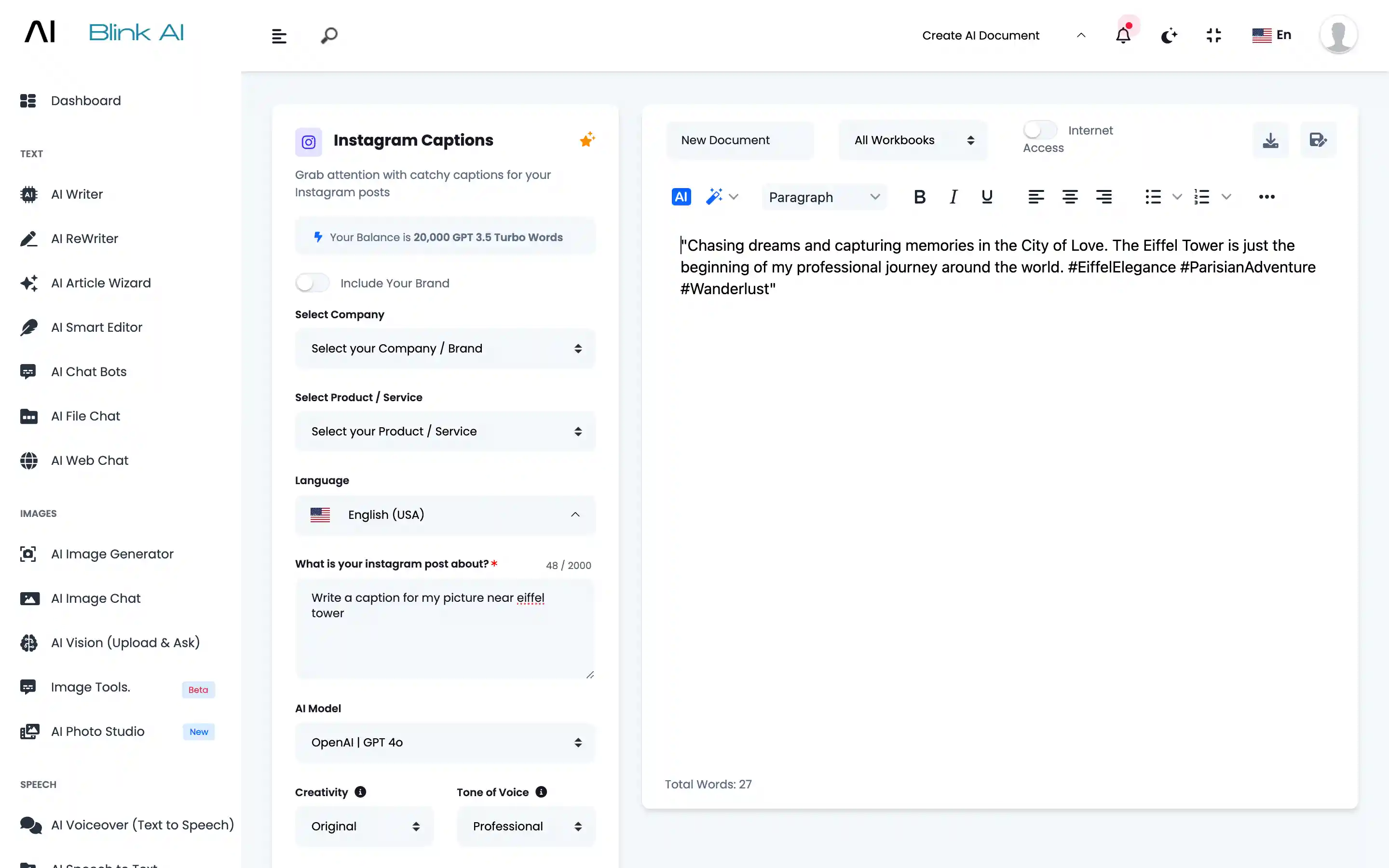Meet, BlinkAI – AI Content Generator: Text, Image, Video, Voice & Code
Promise–Picture–Proof–Push (PPPP) Framework
One platform to generate all AI contents





AI Promise–Picture–Proof–Push (PPPP) Framework
Use 4P formula to craft persuasive content that moves readers to action
Blink AI's Promise–Picture–Proof–Push (PPPP) Framework
About Promise–Picture–Proof–Push (PPPP) Framework
The Promise–Picture–Proof–Push (PPPP) framework is a structured approach to creating persuasive marketing messages that guide potential customers through their decision-making process. This framework emphasizes building credibility, demonstrating value, and prompting action. Here’s a detailed exploration of each component and how the PPPP framework can be effectively applied in marketing strategies. In the realm of marketing and sales, effectively communicating your product or service's value proposition is crucial to engaging and converting potential customers. The Promise–Picture–Proof–Push (PPPP) framework provides a structured approach to crafting compelling messages that address customer needs, build credibility, and prompt action. Understanding the PPPP Framework The PPPP framework consists of four key components: Promise: Picture: Proof: Push: Applying the PPPP Framework: Step-by-Step 1. Promise Highlight Benefits: Identify the key benefit or value proposition that your product or service offers. Address Pain Points: Clearly articulate how your offering solves specific problems or challenges faced by your target audience. Example: Promise: "Our cutting-edge software streamlines workflow processes, saving your team valuable time and improving efficiency." 2. Picture Paint a Vision: Describe the positive outcomes and benefits customers will experience after using your product or service. Appeal to Aspirations: Appeal to your audience's desires and aspirations. Use descriptive language to create a compelling vision of success. Example: Picture: "Imagine a workplace where tasks are completed seamlessly, deadlines are consistently met, and your team operates at peak productivity." 3. Proof Provide Evidence: Back up your promises with proof, such as customer testimonials, case studies, or data-driven results. Build Credibility: Showcase any awards, certifications, or industry recognition that validates your product or service's effectiveness. Example: Proof: "Over 90% of our clients report a significant increase in efficiency within the first month of using our software. See how our solution has transformed businesses like yours." 4. Push Call to Action (CTA): Clearly state what action you want your audience to take next. Create Urgency: Use persuasive language to create a sense of urgency or offer limited-time incentives to encourage immediate action. Example: Push: "Start your free trial today and experience the power of streamlined workflows firsthand. Don't miss out on this opportunity to boost your team's productivity!" Examples of PPPP Framework in Marketing Example 1: Promise: "Revolutionize your morning routine with our energy-boosting breakfast smoothies." Picture: "Imagine starting your day feeling refreshed and energized, ready to tackle any challenge." Proof: "Our customers rave about how our smoothies have increased their energy levels by 30% within just two weeks." Push: "Order now and receive a complimentary recipe book with your first purchase. Take the first step towards a healthier you today!" Example 2: Promise: "Transform your backyard into a luxurious oasis with our state-of-the-art outdoor furniture." Picture: "Visualize hosting memorable gatherings with friends and family in your beautifully furnished outdoor space." Proof: "Rated 5 stars by homeowners for durability and style. See why our furniture is trusted by thousands." Push: "Shop now and enjoy exclusive savings on our summer collection. Don't wait—create your dream outdoor retreat today!" Conclusion The Promise–Picture–Proof–Push (PPPP) framework is a strategic approach to crafting persuasive marketing messages that resonate with your target audience. By clearly articulating your product or service's promise, painting a vivid picture of desired outcomes, providing credible proof of effectiveness, and prompting immediate action, businesses can effectively engage prospects and drive conversions. Incorporate the PPPP framework into your marketing strategies to communicate value, build trust, and ultimately, achieve your business goals.
Mastering the Promise–Picture–Proof–Push (PPPP) Framework: Crafting Persuasive Marketing Messages
Steps for AI Writing
Start Writing Content in 3 Easy Steps
1
Step 1
AI Writer Section
Go to AI Writer section and select a template
2
Step 2
Details
Provide brief details about your requirement
3
Step 3
Generate
Generate, amend and save content
Discover AI Writer
How To Use Blink AI's AI Writer for Content Creation
Go to AI Writer Section
Choose from 70+ AI Writing Templates or Create your Own Template
Describe
You can provide details like what is the exact requirement. How many outputs you want. Which AI model you want to use.
Generate
Content will be generated based on your input.
Amend
Select the content you want to amend. Click on the Magic Wand to amend Generated Content.
Fresh Output
Fresh output will be generated. You can save it in Workbooks.
